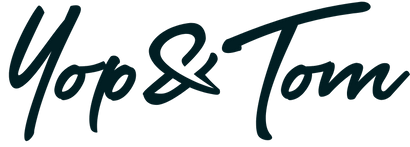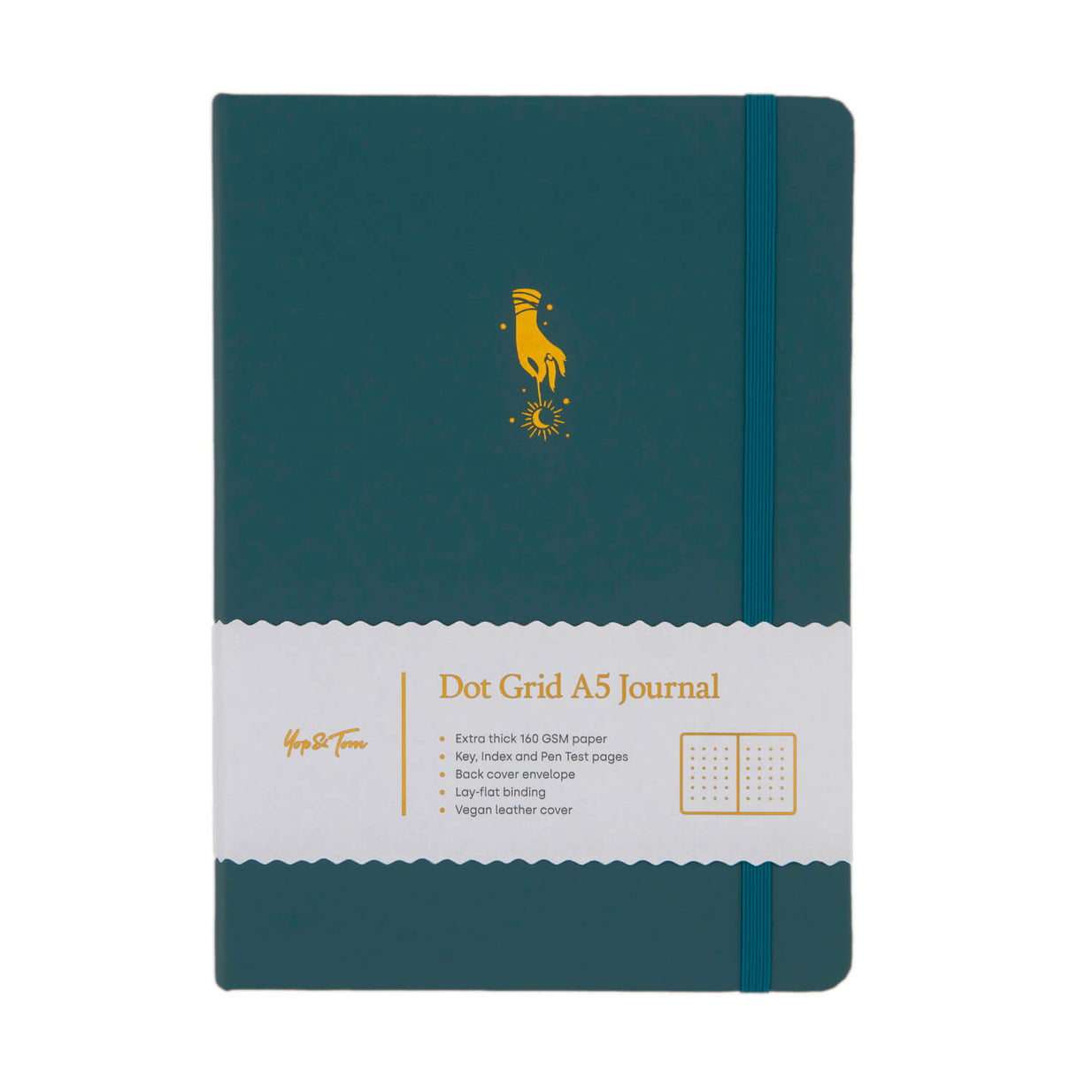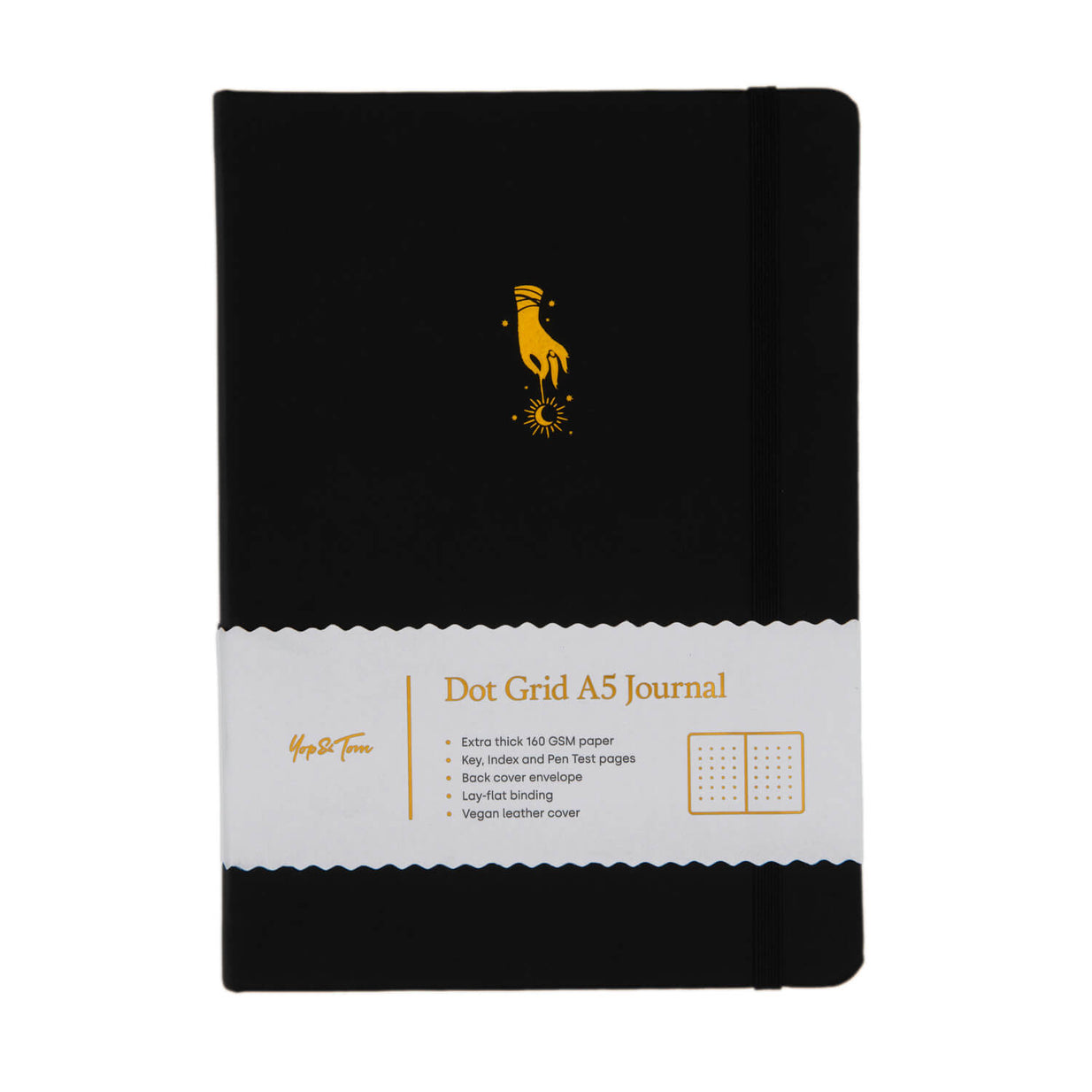Votre panier est vide
Section
Drop element here!
What is Tarot Journaling? (Ideas To Get Started)
Have you heard of tarot journaling? For those of you who are already interested in the magical, witchy, woo space, it’s likely already on your radar. And if you’re not… well, you might want to open your mind. Because from connecting to your intuition to making decisions easy, there’s a lot to be gained from journaling with the tarot. Even (or especially) if you’re feeling a little nervous right now.

What is tarot journaling?
Tarot journaling is the practice of drawing tarot cards from a deck at random and then using them as journaling prompts. It’s one of those things that can be as simple or as complex as you want to make it.
Each tarot card then acts as a gentle nudge to explore a certain area of your life, or your self, in the journaling session that follows.
The idea stems from the tarot practice, which has quite literally been around for hundreds of years. Although tarot is traditionally understood to be linked to fortune telling, it’s really a way to connect with your inner self and your intuition.

Every tarot deck is a little bit different. You’ll find a variety of designs and naming practices out there, but their meanings are all connected. The Major Arcana portion of the tarot deck contains 22 cards, which are used to divulge greater secrets. Whilst the Minor Arcana contains 56 cards and is used to divulge lesser secrets. These 56 cards are broken up into four suits - Wands, Swords, Cups and Pentacles.
Feeling sceptical about tarot journaling? Read this…
If you’re feeling sceptical about bringing the tarot into your life, you’re not alone. When you talk to advocates of the practice, most of them have a story of overcoming their own doubts to share.
We spoke to Giulia Mazzola, a life coach who connects people to their intuition to build self-trust so they spend less time in indecision and self-doubt and more time being in their magical life. She explains how she used to be scared of tarot, before realising how it could be used as a tool to help her develop more intuitive connections.
“I was always curious about Tarot but rather scared of it growing up. I grew up Catholic and anything that was divination related or outside of that sphere seemed scary to me.
So, it was only when I began to be very neutral towards Tarot, that I started to see it as a tool for intuitive connection rather than divination, that I realised it could be whatever I wanted it to be.
That allowed me to get interested in card meanings and look at the imagery and really begin exploring it in my own way, rather than taking on the meanings that it had in a previous context that, because we are human, is steeped in a patriarchal, domineering lens.
The magic of Tarot is that you have been learning about it your entire life through archetype, story, mythology and art and so actually, you already have all you need to read it. Once I truly believed that, Tarot became a fun thing to explore rather than something to fear!”

Why keep a tarot journal?
Tarot journaling is the perfect framework for those times when you’re left staring at the page, wondering what to say. Rather than writing a free-form stream of consciousness, like with Morning Pages, you’re guided to connect with your inner self and journal from there instead.
A regular tarot journaling habit can enable you to develop more meaningful decision making, as you connect to your intuition and reduce stress and self-doubt along the way. It prompts you to explore parts of yourself that you might otherwise be ignoring, whilst facilitating a more mindful approach to life.
Giulia’s own desire to start tarot journaling came when she was already a regular journaler but needed something a little different to guide her through the process of healing after an accident:
“About five years ago, I left a job in finance and with that, felt a crushing sense of identity loss. I had no idea what I wanted to do with my life and turned to journaling as a way to process what was going on.
Then two years after this I got into a cycling accident that I was very lucky to escape with only a broken hand. I felt pulled to use Tarot, and as I was healing, every card I pulled just seemed remarkably relevant to my life.
And after having journaled for two years, I realised that using cards was a way to unlock another layer of awareness for myself and I could see how the cards were showing up for my life based on my journal entries and how I could support myself.”
An exercise in self-trust
Of course, tarot can be practised on its own. As can journaling. But bringing the two together allows you to dive even deeper into yourself.
“The symbiotic relationship of the two gave me a deep sense of self-awareness and a love of paying attention and being present in my life,”says Giulia. “A card that I pulled for the day would guide me to pay attention to what was going on in my surroundings and my life in order to see how it was inviting me to evolve and think about something.
Then the journal entry would also inform the meaning of the card for me, so I began to develop this really lovely supportive relationship with my deck to the point that I could pull cards and feel guided throughout the day and give greater context to what I was feeling.”
As your tarot journaling practice grows, so too does your confidence. Just like bullet journaling, tarot journaling can be interpreted in your own wonderfully unique way. There’s no set rulebook to follow. Whilst tarot guide books are there to help you along your journey, they’re just that. Guides. To be used as much or as little as you need.
“To me, journaling with the Tarot is an exercise in self-trust,”shares Giulia. “Can I trust myself to say no to things that don't resonate with me if I read a guidebook interpretation of a card that I don't like? Can I trust that what is showing up today is exactly what I need even if it doesn't make sense yet? Can I trust myself to show up for myself each day? And show myself that I truly matter to me?
The daily exercise built a tiny brick of evidence of my own self-trust that eventually turned into a wall that I could lean on and look back on and use as an example that I could try and experiment with whatever I wanted, and that I would always have my own back.”
How to start tarot journaling
Choose a tarot deck
Getting your tarot deck is a very personal decision. The design is everything. After all, if you have something that doesn’t fit your style or feel right to you… are you actually going to use it?
So shop around. Look at physical options or tarot apps and find a tarot deck that pulls you in.
Pick your perfect journal
Just like your tarot deck, your journal needs to feel like your own. Try to look for something that provides just enough structure to guide you through the practice, whilst still having the freedom to do it your own way.
We love a dot grid journal for this. You can use the dots to make neat handwriting easy, but still have the space for your doodles or more elaborate illustrations. We’ve designed our new tarot journals to do just that.
Get your pens ready
You might want a few different pens to write in your tarot journal. That way you can colour code to your heart’s content!
Prep your tarot guide
This one isn’t essential, but if you’re feeling a little nervous about trying something new a tarot guide can help you understand the meanings behind each card pull and give you a little extra nudge to get started.
Giulia Mazzola has a wonderful ‘Journal with the Tarot’ PDF course available to download.
You can also take a look at Biddy Tarot’s card meanings guide here.
Set the scene
Find a calm and cosy corner of your home to be your tarot space. And then, stop worrying about getting it ‘right’. It might seem like everyone else knows what they’re doing, but that’s fine. You’re doing things your way. Which is all that really matters.
As Giulia says “Tarot can be overwhelming for beginners because it can seem like you need to know everything in order to get the best out of it, and I just want to say that isn't true. You are your best teacher when it comes to Tarot.”.

Tarot journaling ideas
1. Pull one card a day
If you’re looking for a simple way to start tarot journaling, this is it.
“Start small,”suggests Giulia. “Pull one card a day, asking "what are you inviting me to pay attention to?" and build your relationship from there. Trusting that you are your wisest teacher.”
We love the idea of pulling a single tarot card each morning and using this as a prompt for your day. Set an intention around that card and use that to inspire a short journaling session.
Start the next day reflecting on your card from yesterday, what did you learn? What did that card inspire? And then, repeat the process again.
2. Gather your questions ahead of time
When you’re looking for a specific answer for a certain area of your life, tarot journaling can be a fantastic way to make that decision.
Gather your questions in your mind before you start, what answers are you looking for today? Then:
- Pull your cards from your tarot deck. It’s best to stick to no more than three cards to keep things relatively easy to interpret
- Note down what you pulled
- Open your mind and interpret each card’s imagery before looking up its meaning. What comes up for you? What stands out visually? What thought pops into your head first?
- Now look up the meaning of each card in your tarot guide. How might these meanings link with your questions? What is your intuition telling you here? How does this feel?
- And, of course, journal out your answers! Once some time has passed, come back in and look back at what you wrote to check for any themes that might arise.
3. Bring tarot journaling into moon journaling
If you’re already a fan of moon journaling, tarot journaling can help amplify that practice.
Use your tarot deck to add an extra prompt or gentle nudge to help you answer your journaling questions for each phase of the moon. This detailed practice can help you dive a little deeper and connect with a hidden part of yourself as you connect yourself to the inner workings of the moon.
4. Experiment with different tarot deck spreads
When you’re feeling ready to try a more advanced version of tarot journaling, start looking for different tarot card spreads to bring into your journaling practice.
The idea here is to interpret each card in a slightly different way, depending on its position in your tarot spread. This collection of different tarot spreads for love and life is a great starting point.














